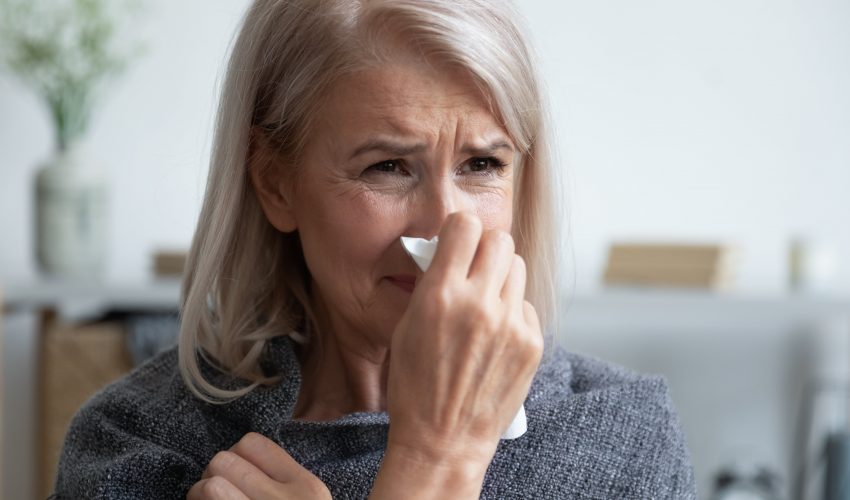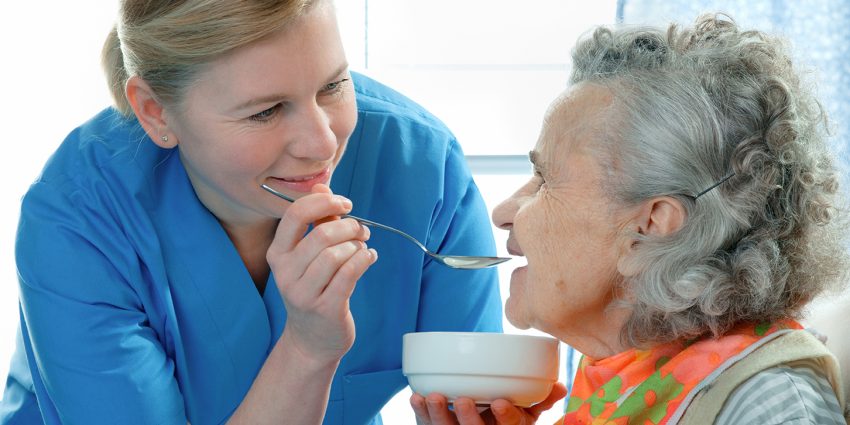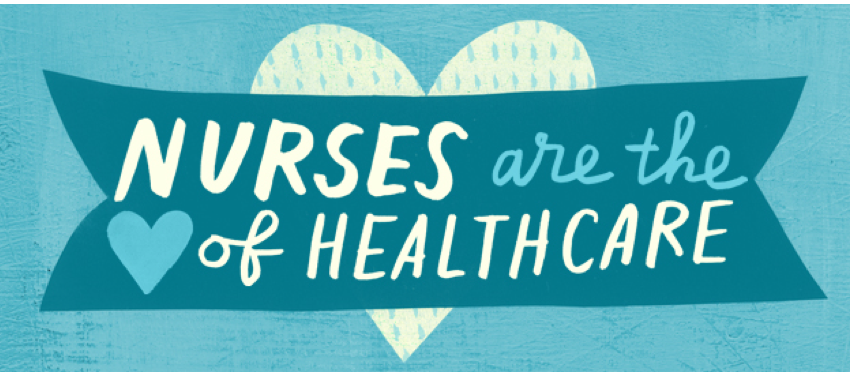Post Views: 2,086
ViewsKidney Dialysis Patients During The Pandemic
The rates of coronavirus continue to be coming down, however, they have been particularly troublesome to patients on dialysis. The Centers for Disease Control and Prevention (CDC) and The Centers for Medicare and Medicaid Services (CMS) have told dialysis patients that they should not discontinue treatments during the pandemic. The issue is, many have especially during the height of the crisis in April and May. This has led to many deaths of dialysis patients stemming from the fear of going to the hospital.
According to data from the Kidney Community Emergency Response, approximately 305 patients on dialysis have died from COVID-19 in the United States. Patients who are on dialysis are at a higher risk for severe complications from the virus. It is estimated that about 500,000 people in the United States receive maintenance dialysis treatments. This group most be cautious in their attempt to receive treatment as life slowly improves from this virus.
Hospital staff including nurses and doctors can take special precautions to encourage dialysis patients to continue their treatment, safely. Health care professionals have been very strained during the peak of the crisis, and have been further strained by the cases of patients in kidney dialysis. Adding to that, some complications of coronavirus have led to acute kidney injury, which caused shortages in dialysis equipment and personnel.
Acute kidney injury caused by COVID-19 in addition to the vulnerability of chronic kidney disease patients (CKD) to infection, has stretched resources thin in many large cities across the U.S. In the height of the crisis in April, doctors were using all of their dialysis machines to treat patients. And cases of in-patient dialysis increased about 3x the normal number. Also, hemodialysis sessions dropped to two a week for 2 hours each instead of the normal three for 3 hours. Other patients were medically treated with diuretics and potassium binders.
Outpatient Centers
Many outpatient dialysis centers previously had issues surrounding equipment shortages and personnel. Health care professionals were keeping COVID-19 positive and negative patients in separate areas. This meant creating separate shifts and even whole facilities for those with COVID-19. Therefore, patients could be seen at any outpatient center regardless of their normal site of care. However, many patients have not been going to their dialysis treatments, so some end up fluid overloaded, and then are readmitted to the hospital.
Doctors want to continue treating dialysis patients safely in their centers, this way they are out of the hospital. Therefore, lowering the burden on the health care system. CKD patients being admitted for normal reasons, hose with COVID-19, and patients who acutely go into kidney failure are hitting the hospital at the same time. This created a larger demand and overexerted the already exhausted staff.
Additionally, critically-ill patients typically require continuous renal replacement therapy, which demands a lot of dialysis fluids, scheduled staffing, and additional time with the machines. Creating a whirlwind of difficulties for hospital workers.
Kidney Dialysis At Home
High-risk patients have been recommended to limit their exposure to the virus by receiving care in a different way. This includes fewer trips to the dialysis clinic, fewer interactions with workers, and staying home to social distance. At-home care for patients drastically lowers exposure rates.
Home patients in the past came to the clinic about two to three times a month for treatment and management. Doctors decided that those visits needed to be limited because of the risk of exposure. A home dialysis staff can help patients through these setup measures:
- Quick visits for administering medicine, blood draws, and any needed home dialysis supplies
- Monthly patient assessments being conducted through phone calls
- Telemedicine and telehealth for communication between the doctor and patient
The pandemic has changed the way health care is conducted with the advancements in telehealth and telemedicine. This is providing new infection control techniques that can improve the way infections are prevented and treated in the future. The future may involve more at-home dialysis treatment with less exposure at dialysis centers.
Kidney dialysis patients should have extra supplies in their homes, including surgical masks, disposable gloves, and hand sanitizers. If you come into contact with someone at a medical facility or a medical professional comes into your home, you are both protected by wearing a mask. For at-home visits, you should disinfect any surfaces that another person may have touched, including doorknobs and countertops.
One comment on “Kidney Dialysis Patients During The Pandemic”
Leave a Reply
Kidney Dialysis Patients During The Pandemic
By nurseadvisorofficial
The rates of coronavirus continue to be coming down, however, they have been particularly troublesome to patients on dialysis. The Centers for Disease Control and Prevention (CDC) and The Centers for Medicare and Medicaid Services (CMS) have told dialysis patients that they should not discontinue treatments during the pandemic.














Cryptocurrency Scam Recovery Experts Lost Recovery Masters
My name is Chad Pedrad. I lost $233,000 in cryptocurrencies after being misled by an Indian USDT investing firm. I became so depressed that I was unable to pay my payments and ended up on the streets. I attempted everything I could to restore it, but it was futile. However, just as I was about to give up, a light of hope appeared, and I decided to attempt the Lost Recovery Masters. To God be the glory, Lost Recovery Masters successfully retrieved my stolen cryptocurrency; it was astonishing. Lost Recovery Masters are amazing, and I am convinced they can recover yours as well.
Contact them if you need help on crypto recovery.
Learn more: Lostrecoverymasters.com
Mail: Support@lostrecoverymasters.com
Call or Whatsapp +44(7-5-3-7-1-0-5-9-2-1)